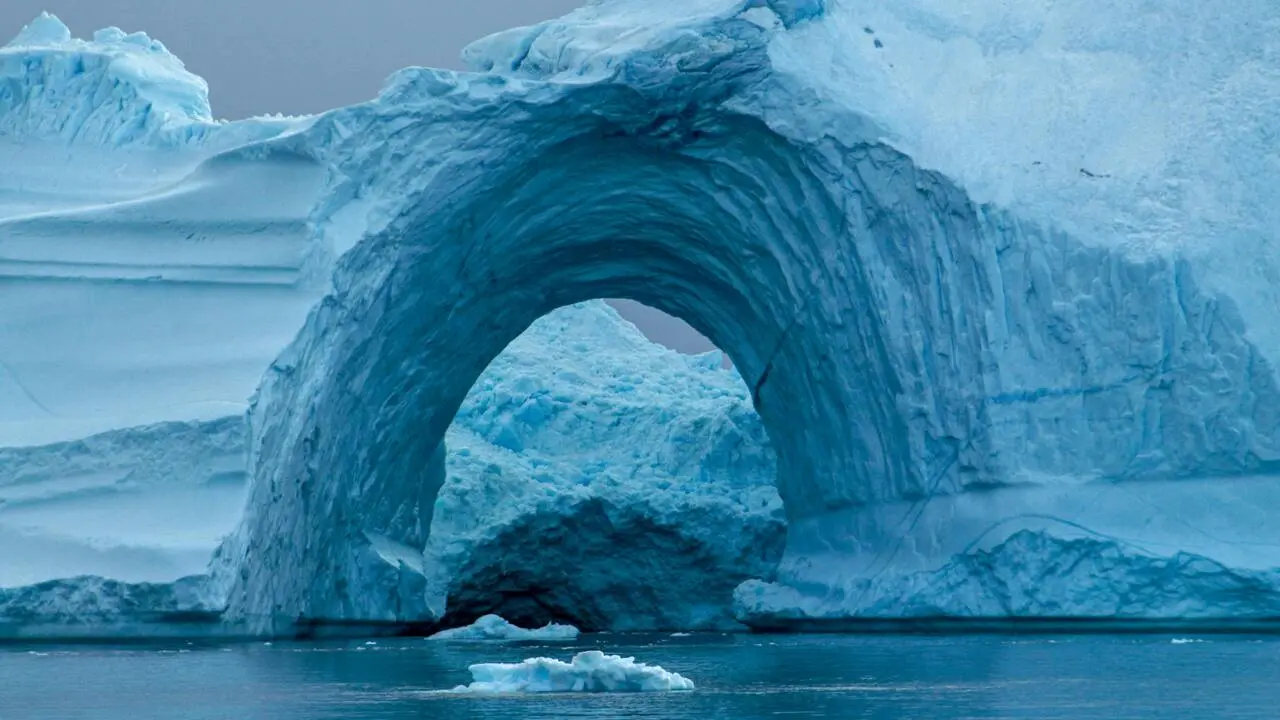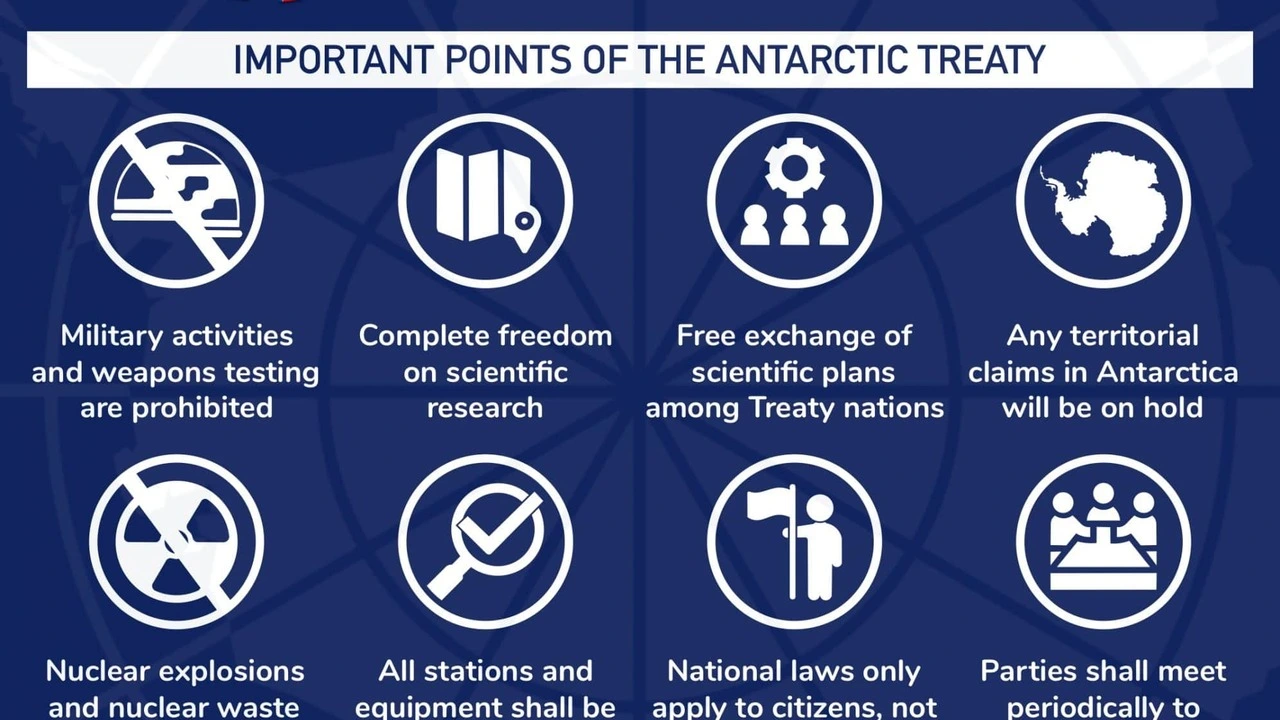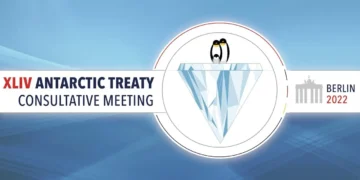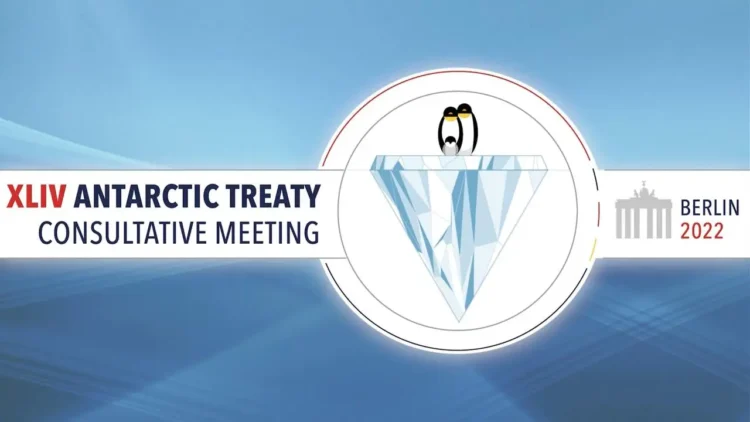The Antarctic Treaty Meeting (ATCM 46) and the 26th Meeting of the Committee for Environmental Protection (CEP 26), collectively known as the Antarctic Treaty Meetings 2024, address critical issues regarding Antarctica‘s governance and environmental stewardship. These meetings are essential forums for the member countries to strategize and collaborate on sustainable management practices for this unique and fragile ecosystem.
One of the primary focuses of ATCM 46 is strategic planning for the sustainable management of Antarctica and its resources. This involves developing comprehensive policies and legal frameworks that ensure the protection and sustainable use of the continent’s natural resources. The agenda includes detailed discussions on biodiversity prospecting, which aims to explore and utilize biological resources responsibly. Moreover, the meeting will address the importance of inspections and exchanging information and data among member nations, ensuring transparency and accountability in Antarctic governance.
Research, collaboration, and capacity building are also critical components of the ATCM 46 agenda. These elements underscore the importance of international cooperation in advancing scientific knowledge and enhancing the capabilities of all member countries in polar research. Addressing the impacts of climate change is another critical agenda item. The members will discuss strategies to mitigate and adapt to the changing climate, which profoundly affects the Antarctic treaty meeting environment. Developing a tourism framework is also on the agenda, focusing on managing and regulating tourism activities to minimize their environmental footprint while promoting awareness about the continent’s ecological significance.

Read also: Family Claims Pune Porsche Crash Was Murder.
The CEP 26 meeting will delve deeper into environmental protection issues. This includes rigorous evaluation, impact assessment, management, and reporting on the Antarctic environment. The committee will focus on responses to climate change, particularly in protecting and managing specific areas, including marine spatial protection. Conservation of Antarctic biodiversity is a significant concern, with discussions aimed at implementing effective conservation strategies to preserve the unique flora and fauna of the region.
Overall, the Antarctic Treaty Meetings 2024 are pivotal in shaping Antarctica’s future. By addressing these comprehensive agenda items, the meetings aim to ensure that Antarctica remains a global sanctuary for scientific research and environmental preservation, balancing human activities with the need to protect one of the world’s last great wildernesses.
The Antarctic Treaty meeting:
The Antarctic Treaty meeting, signed in 1959 and entering into force in 1961, was established to ensure that Antarctica is used exclusively for peaceful purposes, scientific cooperation, and environmental protection. Today, 56 countries are party to the Treaty, demonstrating a global commitment to the preservation and responsible management of this unique and pristine region. The Treaty covers explicitly the area south of 60°S latitude, which includes all of Antarctica.
The Antarctic Treaty Secretariat (ATS), established in 2004 and based in Buenos Aires, Argentina, serves as the administrative hub for the Antarctic Treaty System. The ATS is crucial in coordinating the Antarctic Treaty Consultative Meetings (ATCM) and the Committee for Environmental Protection (CEP) meetings. These gatherings facilitate diplomatic communication, exchanges, and negotiations among the Treaty Parties regarding Antarctic governance and management. The ATS also reposes and disseminates essential information related to Antarctic activities, ensuring transparency and compliance with the Treaty’s provisions.

Read Also: Ravichandran Ashwin Becomes Fifth-Highest Wicket-Taker in IPL History with Match-Winning Spell.
In addition to coordinating Antarctic treaty meetings, the ATS monitors compliance with the Antarctic Treaty and its supplementary agreements, providing guidance and assistance to the Treaty Parties. This includes overseeing adherence to agreements such as the Convention on the Conservation of Antarctic Seals (1972) and the Convention on the Conservation of Antarctic Marine Living Resources (CCAMLR, 1980). These agreements are critical for protecting Antarctica’s unique wildlife and ecosystems, addressing specific conservation needs, and ensuring sustainable use of marine resources.
The Antarctic Treaty Meetings 2024, encompassing ATCM 46 and CEP 26, are set to address various critical issues about Antarctic governance and environmental protection. These meetings will focus on strategic planning for sustainable resource management, policy and legal frameworks, biodiversity prospecting, and the impacts of climate change. Furthermore, they will cover the development of tourism frameworks and promote research collaboration and capacity building. The CEP 26 will specifically address environmental evaluations, impact assessments, climate change responses, area protection, and biodiversity conservation, ensuring a comprehensive approach to the challenges faced by Antarctica in the 21st century.
To get more out of our exclusive news, Join us on our WhatsApp Channel, Facebook, and Instagram.















